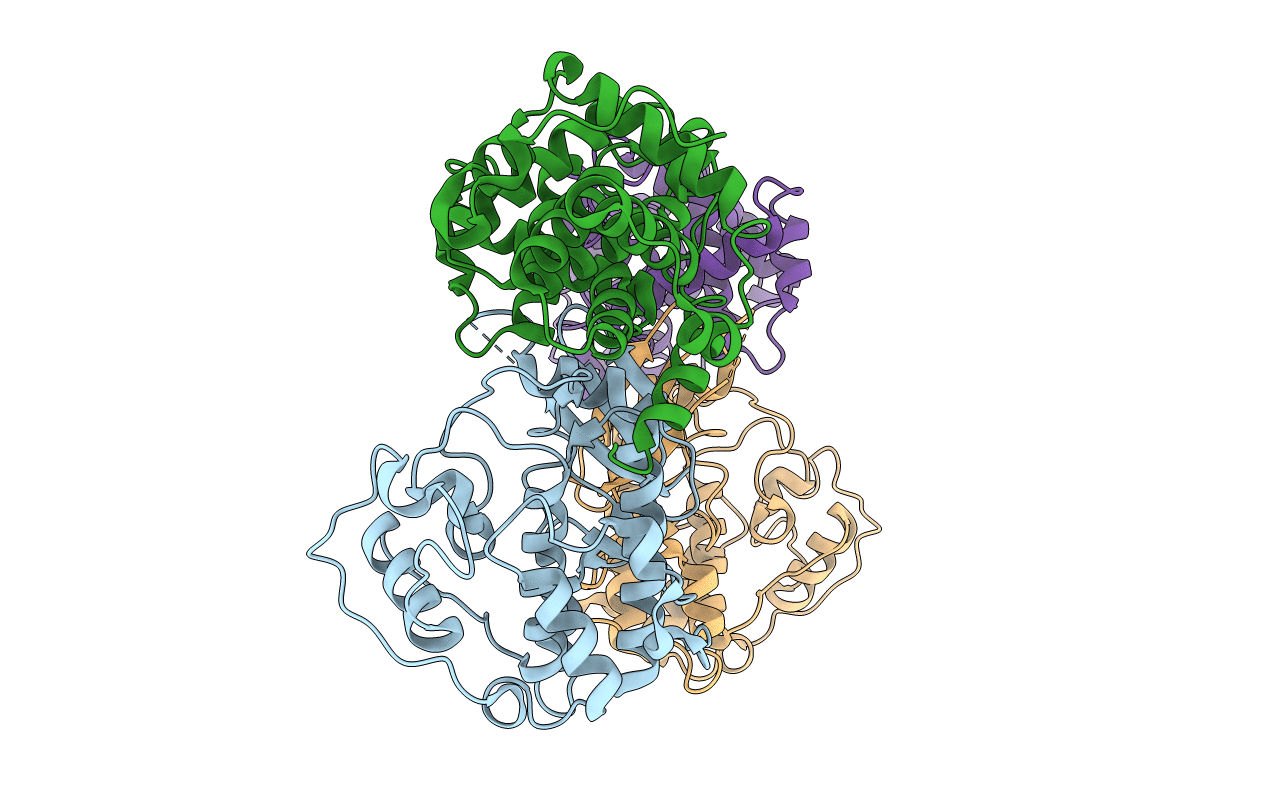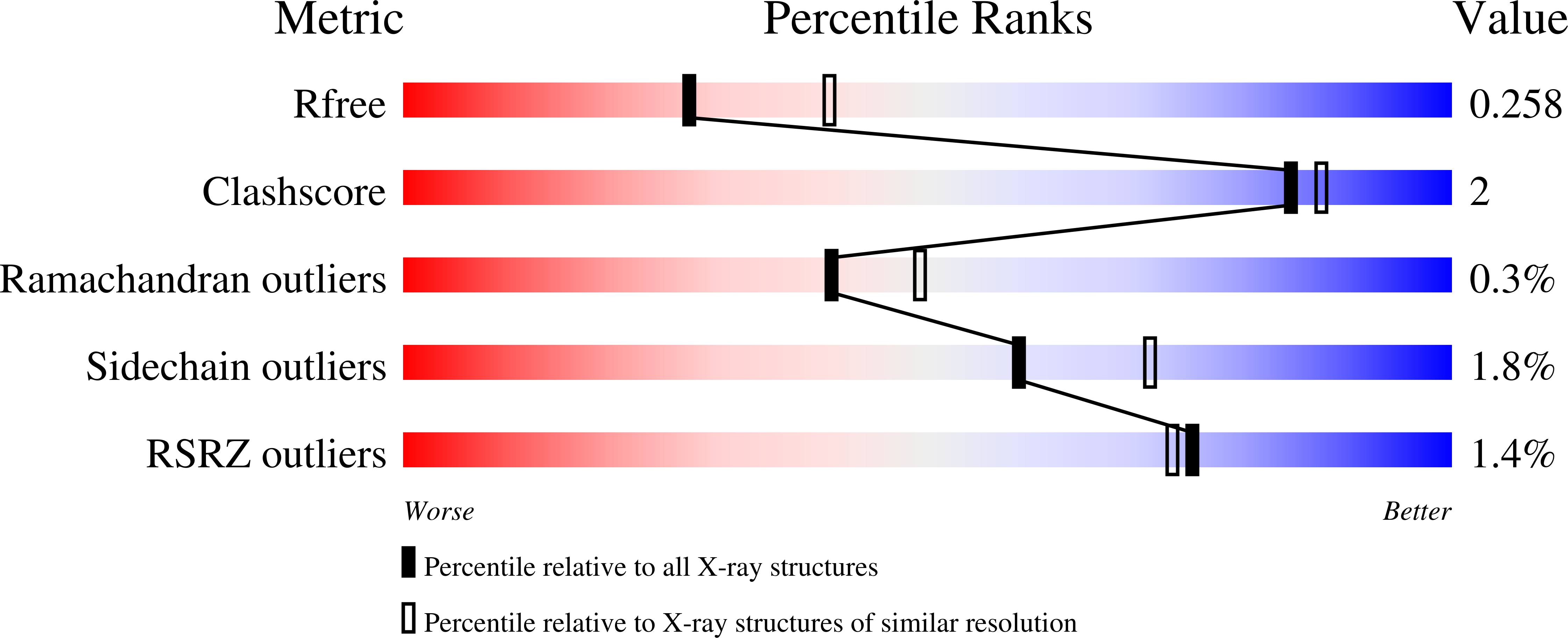
Deposition Date
2019-08-02
Release Date
2021-01-27
Last Version Date
2024-11-13
Method Details:
Experimental Method:
Resolution:
2.43 Å
R-Value Free:
0.25
R-Value Work:
0.20
R-Value Observed:
0.20
Space Group:
P 1 21 1


